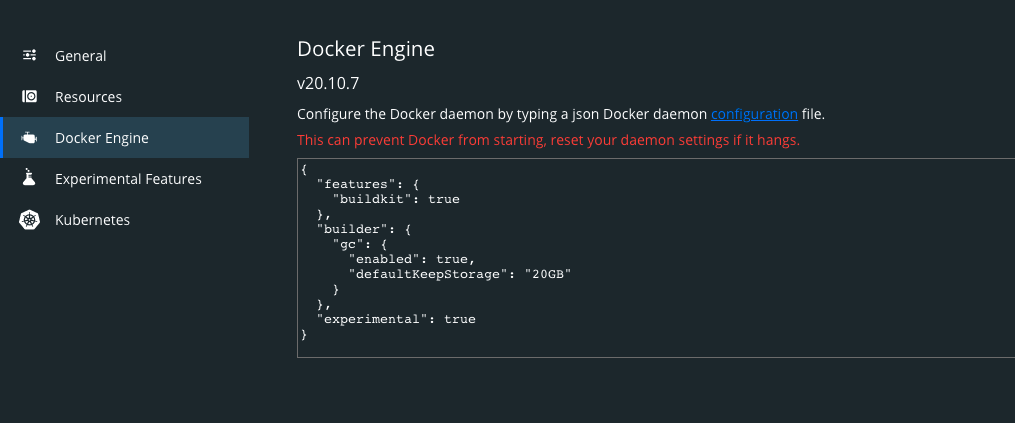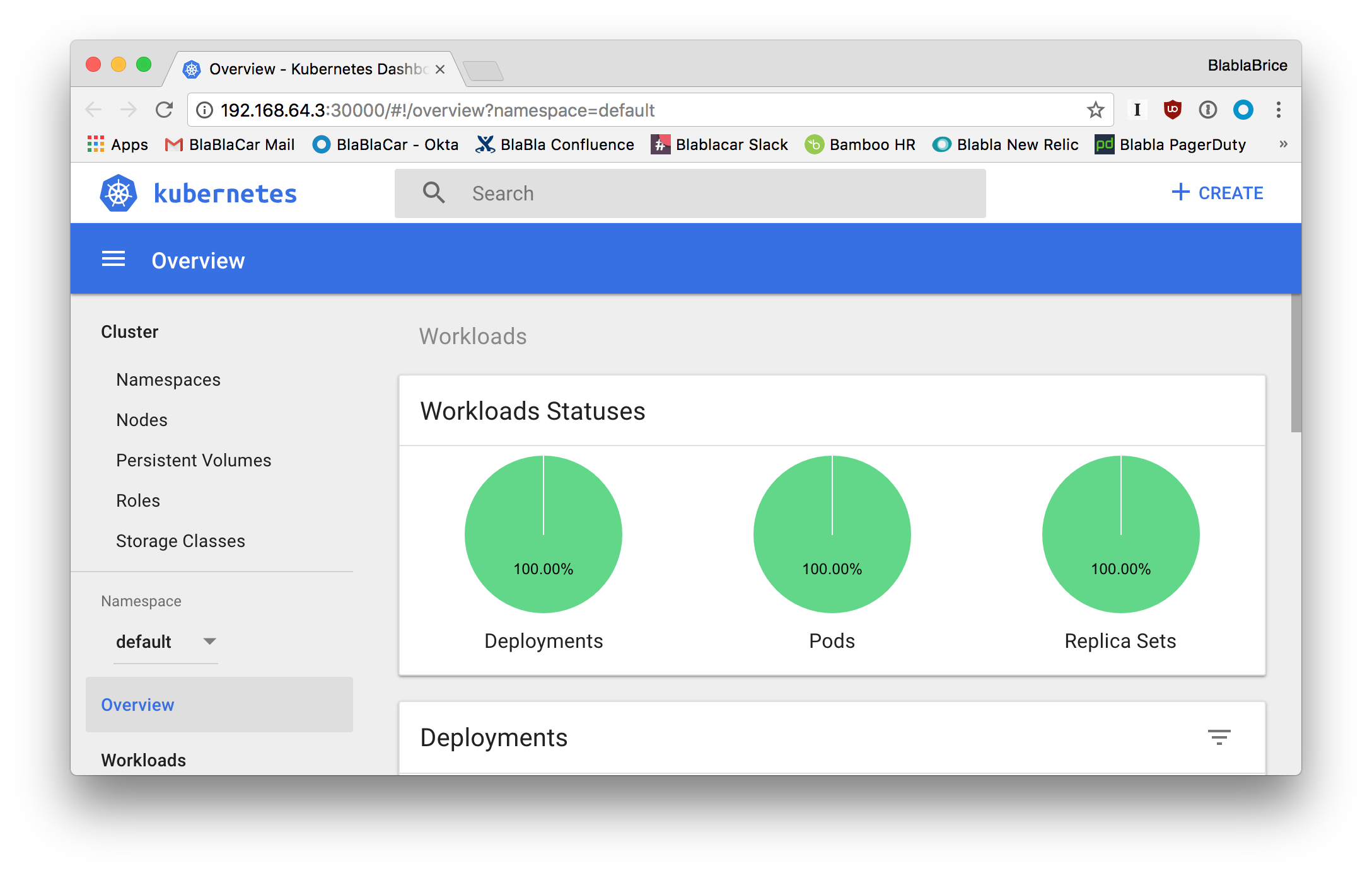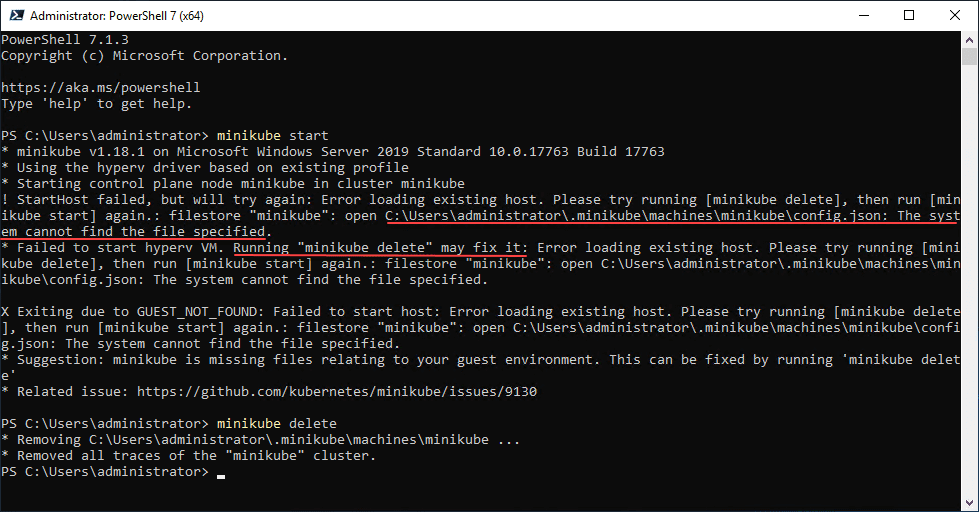

Do not use in production.īefore deployment, make sure the following requirements are satisfied: The kind cluster is for test purposes only. Refer to Docker Hub to see available tags. The Kubernetes cluster version depends on the node image that kind uses, and you can specify the image to be used for the nodes and choose any other published version. It is developed for testing local Kubernetes clusters. Kind is a tool for running local Kubernetes clusters using Docker containers as cluster nodes.
#CAN I KILL DOCKER HYPERKIT HOW TO#
This section shows how to deploy a Kubernetes cluster using kind. You can alternatively deploy a Kubernetes cluster in Google Kubernetes Engine in Google Cloud Platform using the Google Cloud Shell, and follow an integrated tutorial to deploy TiDB Operator and the TiDB cluster: Using minikube (Kubernetes running locally in a VM).Choose whichever best matches your environment or experience level.

This section covers 2 different ways to create a simple Kubernetes cluster that can be used to test a TiDB cluster running under TiDB Operator. Configure the local PV for your Kubernetes cluster to achieve high performance for TiKV.Familiarize yourself with Prerequisites for TiDB in Kubernetes.If you want to do a production-grade deployment, refer to one of these resources: If you have already created a Kubernetes cluster, you can skip to step 2, Deploy TiDB Operator. Deploy a TiDB cluster and its monitoring services.These are the steps this document follows: For production environments, see the instructions in Deploy > Deploy TiDB Cluster. Do not follow it in production environments. This document is for demonstration purposes only. This document explains how to create a simple Kubernetes cluster and use it to do a basic test deployment of a TiDB cluster using TiDB Operator. Get Started with TiDB Operator in Kubernetes Backup and Restore with Persistent Volumes.Backup and Restore with S3-Compatible Storage.Migrate MySQL Data to TiDB Cluster Using DM.Run TiDB Operator and TiDB Clusters as a Non-root User.



 0 kommentar(er)
0 kommentar(er)
